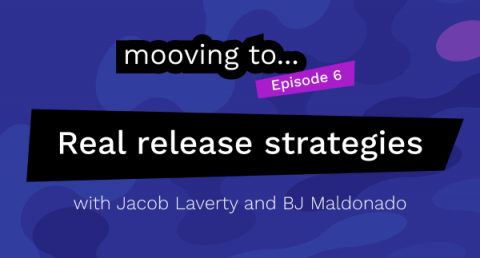Operations | Monitoring | ITSM | DevOps | Cloud
Latest News
Driving a customer-focused incident response process
Deep into an incident, Slack firing, up to your ears in decisions, not sure where to turn next? It’s easy for external communication with your customers to fall far down the list of priorities in these moments. However, these are the exact situations where comms are vital, and where underestimating their importance can having damaging and lasting effects on your organisation.
New! Common Automated Diagnostics for AWS Users
Today’s modern cloud architectures centered on AWS are typically a composite of ~250 AWS services and workflows implemented by over 25,000 SaaS services, house-developed services, and legacy systems. When incidents fire off in these environments—whether or not a company has built out a centralized cloud platform—distinct expertise is often a necessity.
The Do's and Don'ts of Blameless Incident Postmortems
When an incident inevitably occurs, many organizations have a well-prepared incident management team that springs into action. Whether it’s a power outage or security breach, an incident can damage your company’s operations if not handled properly. A strong incident response team is critical to mitigating any negative impacts successfully. Furthermore, once your team resolves the problem, you should initiate a postmortem to detail the incident and record any lessons learned.
RESOLVE '22: Incident management automation
“Make life easier” isn’t a mantra for the lazy—it’s a way to drill down on important automation in the IT Ops room. When Ryan Taylor, VP of solutions engineering at Transposit, talks about his experience and outlook in the IT Ops chair, people tend to listen.
Episode 6: Mooving to... Real release strategies with Jake Laverty
Every product or application needs a release strategy. It’s how you can double check that everything in your deployment is appropriately tested, validated and verified. Having a standardized release strategy in place allows your team to follow a protocol and reduce the number of unknowns they must face in the product life cycle. However, there are a few considerations to make this critical process run smoothly.
Automate incident response workflows with Eventarc and Datadog
Eventarc is a Google Cloud offering that ingests and routes events between GCP products, such as Cloud Run, Cloud Functions, and Pub/Sub, making it easy to build automated, event-driven workflows in complex environments. By taking care of event ingestion, delivery, authorization, and error handling, Eventarc reduces the development overhead that is required to build and maintain these workflows and helps you improve application resilience.
Tell the story of your incident with timeline curation
It isn’t the first time you’ve heard us say this and it won’t be the last: getting your post-incident process right is a game-changer. Being able to run effective debriefs and create useful postmortems helps us learn from our mistakes, respond better to future incidents and identify how we can build resilience in our product and teams. In short, it’s the thing the shifts the dial from just “fixing” to actually improving.
Anti-patterns in Incident Response that you should unlearn
What is Event Orchestration? 7 ways to start using this powerful new feature from PagerDuty to reduce noise and automate away manual toil today
Does your team deal with too much noise? Does your heart sink a bit when you think about how much your rulesets have sprawled in order to manage your event processing needs? That’s why we released Event Orchestration earlier this year to help teams reduce the amount of manual work that goes into event management. Event Orchestration is the next evolution of our Event Rules feature set, which helps to route, enrich, and modify events on ingest to remove noise and automate processes.











